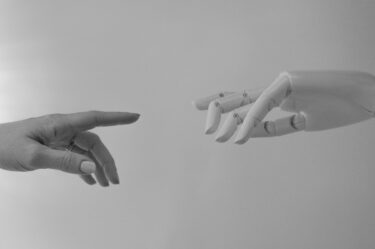SINGAPORE — Using a series of cameras, coupled with facial- and object-recognition technology, a new surveillance system that is being developed by Certis Group Singapore can act as a real-time detection tool for unsafe work practices.
Separately, IT solutions company Fujitsu has developed two wearable devices — one to detect when a driver’s pulse is slowing down because he is dozing off, and another that detects when a worker is experiencing distress or discomfort, so that rescuers or supervisors may respond accordingly.
These were among the technology solutions on display at the International Safety and Health Exhibition, held in conjunction with this year’s World Congress on Safety and Health at Work, which ended its run yesterday.
The Certis surveillance system can detect when workers do not wear their safety vest, or a helmet, and then send an alert back to a central monitoring system for follow-up action.
Using facial-recognition technology, the system is also able to scan for faces that do not belong to a pre-approved list of faces, limiting the possibility of unwanted intrusions at the workplace.
Making use of object-detection technology, the system, which has not been named yet, can help detect safety items located in a room, such as a fire extinguisher or a first-aid box.
Apart from potentially helping to reduce the number of workplace safety incidents, the system could help to cut down time needed to locate safety-related items, and also allows for remote monitoring by construction site supervisors, Certis said.
As for Fujitsu’s techology solutions, its Driver Drowsiness Detector is a device that is worn around the neck, with two clip-ons at the earlobes that can collect information on the driver’s pulse. Once drowsiness is detected through the pulse rate, the neckpiece vibrates to keep the driver awake. The device can also be linked to a vehicle-installed gadget to send an alert to wake the driver up.
Another device, the Fujitsu Vital Sensing Band, which is similar to a fitness-tracker device, is worn around the wrist, and measures the wearer’s pulse.
The band can detect falls, by measuring changes to the wearer’s acceleration and the barometric pressure around him or her. This may facilitate a faster response in getting first aid to the person, for instance.
The device also has sensors that measure temperature and humidity, to alert supervisors if the surrounding work environment has become too hot or too cold.
The band comes with in-built GPS, which can help supervisors track the location of their workers, should a worker fall while on duty. This is especially useful in large worksites, as it can cut down the time needed to locate the affected worker.
Both Fujitsu devices — which have been around for the past four to five years — are at proof-of-concept stage, and are available for deployment here, the company said. It added that it is in discussion with five to 10 companies in the manufacturing, transportation and logistics, healthcare and education industries.
Singapore has set a target to cut its workplace fatality rate to under 1.0 workplace deaths per 100,000 workers before 2028, Prime Minister Lee Hsien Loong said at the opening of the congress on Sunday.
The new target comes as the Republic is on track to reaching its target of 1.8 workplace deaths per 100,000 workers by next year.
The Government also said that it will be setting aside a kitty of S$2 million to fund companies and research institutes to devise new technological solutions, under a Workplace Safety and Health Technology Challenge. For a start, this will focus on vehicular safety, the leading cause of workplace deaths.
Sursa: Todayonline.com



